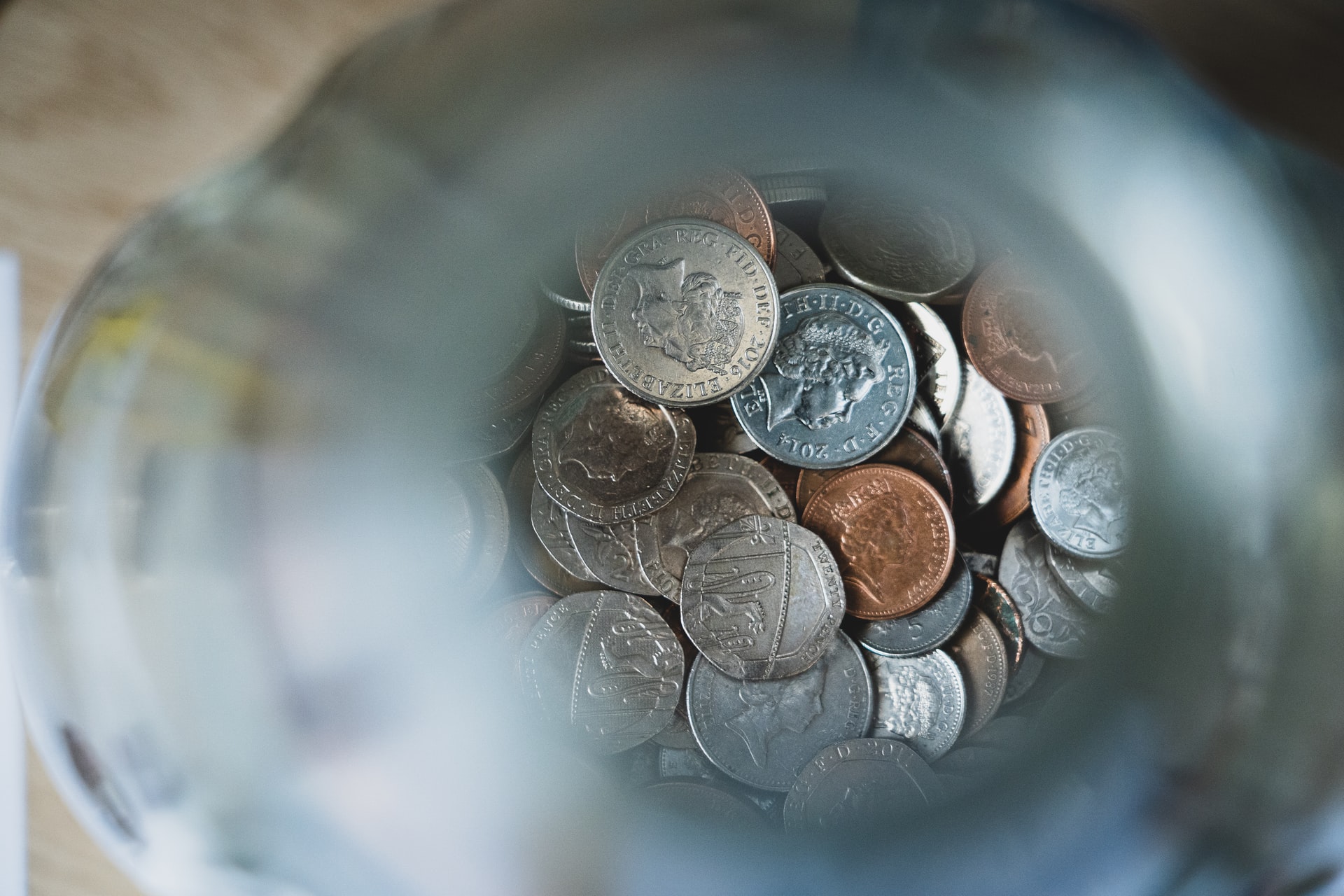Many people stress about their finances. A recent APA survey concluded that 72% of Americans feel stressed about money. Becoming fiscally responsible helps you regain control over your finances and save toward retirement. We will share several strategies to become more fiscally responsible and strengthen your personal finances.
What Does It Mean to Be Fiscally Responsible?
Fiscally responsible individuals know how to manage their money. They don’t waste money and put their money to work. Fiscal responsibility helps you save up for retirement and achieve your financial goals sooner.
Why Is It Important to Be Fiscally Responsible?
Fiscal responsibility boils down to money management. Effectively managing your money gives you more choices and flexibility. You can retire sooner, go on more vacations, and have more time for loved ones. Living paycheck to paycheck creates enormous stress that can damage relationships and harm your physical health and well-being. Fiscally responsible individuals evade the common pitfalls while reaping the benefits of prudent money management.
8 Ways to Become More Fiscally Responsible
Becoming fiscally responsible provides many advantages. You’ll increase self-control and become less susceptible to irresponsible actions around your finances. These tips can strengthen your money management skills.
1. Create A Budget
Budgets limit your expenses and make you more conscious of every dollar you spend. Establishing a monthly budget lower than your income ensures you have some money left. You can start with a general budget and get more specific with other expense items. Fiscally responsible consumers set budgets around grocery shopping, entertainment, travel, and any particular category.
A proper budget will lower your total spending and force you to look for smarter ways to spend your money. Fiscally responsible people look for ways to extend their money’s mileage. Some people create multiple bank accounts to accommodate each expense category. Creating a savings fund for each expense category keeps everything in perspective instead of clumping everything into one account.
2. Track Your Spending
Tracking your spending is the beginning of improvement. You get to see your current spending patterns and review each expense item. People who track their spending become more aware of unused subscriptions and excessive purchases. Most of these expenses go unnoticed in our busy, fast-paced world. Tracking your spending forces you to slow down and look at how you currently deploy your money.
You can track monthly expenses by looking at your credit card and bank statements. These documents give you a head start, provide insight into your spending, and keep you informed about where your money goes.
3. Pay Off Debts
Debt can slow down anyone on the path to financial freedom. Interest will accumulate, and any missed payments will hurt your credit score. Paying off debt reduces financial stress and monthly payments. You’ll have more flexibility with the money you receive in future paychecks. Stay on top of credit card debt, student loan debt, and other obligations. Don’t take on more debt than you can afford, and prioritize repaying debt with high interest rates.
After paying debt, you don’t want to fall back into the hole. Some consumers protect their finances by switching from credit cards to debit cards. Debit cards are attached to your checking account to prevent you from overspending.
4. Build An Emergency Fund
Emergencies happen, but most people do not adequately prepare for them. Most bankruptcies occur because of medical bills and expenses people can’t always anticipate. While medical bills can wipe out families financially, many people can’t make a payment for a $400 emergency expense. Some people may feel pressure and scramble for extra funds when a small emergency takes place.
Building up an emergency fund protects you from minor or significant inconveniences. Some fiscally responsible people save enough money to cover six months of their salaries. This buffer provides some financial protection from a layoff or getting fired. No one can predict these outcomes, but they can happen and impact your financial situation. An emergency fund will cushion the blow.
5. Have A Savings Goal
A savings goal will inspire you to make larger deposits and trim your spending. The following savings goals will keep you on track:
- Monthly savings goal: A close deadline makes each day feel more urgent. Only setting long-term goals can lead to bad habits. Further deadlines create room for excuses.
- Annual savings goal: Each month allows you to work toward a meaningful objective. An annual savings goal gives you extra motivation to hit your monthly goal. Saving $500/mo equates to $6,000/yr of savings.
- 5-year savings goal: Set a 5-year savings goal that surpasses your required monthly savings goal. If you save $500/mo, you will save $30,000 over five years. Raising the 5-year goal to $40,000 only requires an additional $170/mo in savings. You may not have that capacity right now, but it will inspire you to boost your income and lower your expenses. Both of these actions will let you consistently surpass $500/mo in savings. The 5-year savings goal gives you extra motivation to make it happen.
Some people plan out decades in advance and put money in a college fund. High-ticket expenses come eventually, and it’s better to prepare for them.
6. Invest Your Money
Investing is one of the most reliable paths to a quicker retirement. Buying assets puts your money to work and allows it to grow on the sidelines. Some investors opt to invest in the stock market and real estate, while others may put their money in a high-yield savings account, which makes sense for emergency funds and short-term investments. Stocks and real estate can appreciate significantly in the long term, but volatility can become stressful if most of your proceeds are in those assets. Creating an investment strategy for your risk tolerance will help you find opportunities that fit your preferences.
7. Diversify Your Investments
Each investment carries some risks in exchange for a potential reward. Equities have more risk, but investors stockpile funds into these assets for promising prospects. Diversified portfolios let you capitalize on various assets and spread your risk. You can allocate some funds for high-risk investments and other funds for low-risk positions.
8. Plan For Retirement and Get Insured
Fiscally responsible consumers plan for retirement and get insured. They follow money management practices to build wealth. Setting a retirement number and keeping it top of mind will help you apply the other financial disciplines. Getting insured will protect you if financial burdens show up on your path to retirement. Insurance policies can also provide your loved ones with additional funds in the event of an untimely death. Some consumers take out a term life insurance policy later in life instead of paying higher premiums for a whole life insurance policy.







